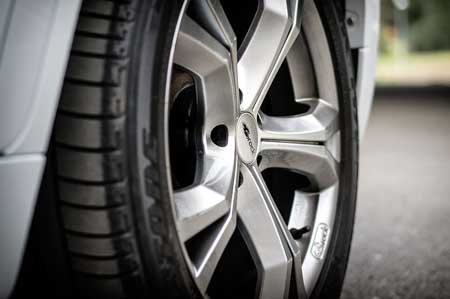
When I was a young child, I didn’t understand why wheels needed to have tyres. In fact, I thought that it made much more sense if they didn’t. The way I saw it, tyres increased friction and dragged against the ground, slowing the car down. Surely a vehicle would move much faster without tyres, when the smooth wheel could spin against the ground.
Of course, knowing what I know now, the reasons for tyres are abundantly clear – they need traction to grip and push against the road so that the car can actually move, and so that it can stop as well as go. Besides, without tyres, wheels are easily damaged – we need tyres to protect our vehicles.
But as the poet Juvenal wrote: “Who watches the watchmen?” If our tyres are their protecting our wheels from wear, and ensuring that our vehicles don’t spin out of control, how can we protect our tyres?
The answer is with a tyre pressure monitoring system. This handy device keeps track of the pressure levels inside your tyres, alerting you whenever they fall below a certain level. Since air pressure is the lifeblood of your tyres, having dedicated tyre sensors to help you keep the pressure stable will avoid a whole host of problems that come with underinflated tyres – poor handling, increased braking distance, and greater risk of blowouts. By ensuring that your tyre pressure is always as high as it should be, you can protect your tyres, and thus ensure that your tyres can keep protecting your wheels and the rest of your vehicle. In modern vehicles, from cars to caravans, a TPMS is starting to be considered an essential safety mechanism – so it’s important to buy one for older models that don’t have such a system preinstalled.

